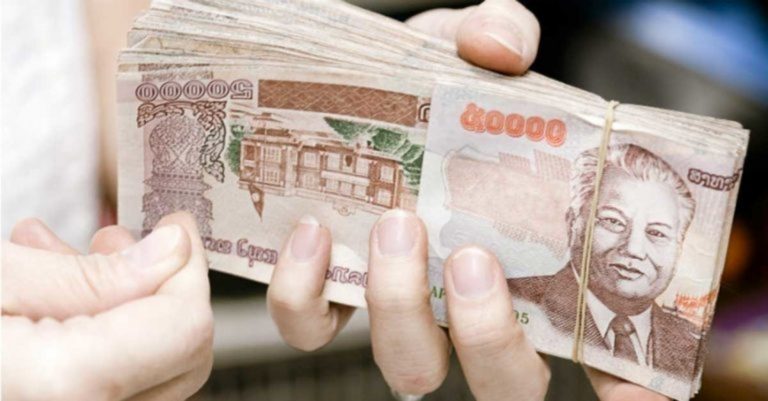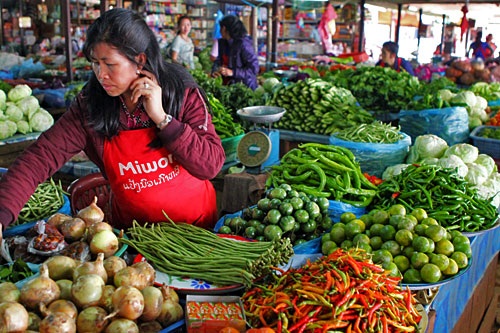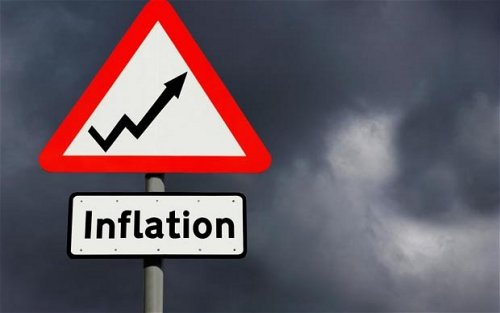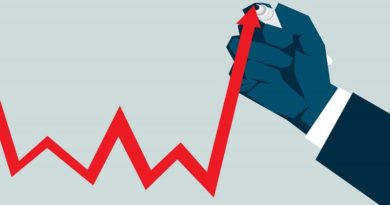Inflation Remains Sky High at 41% in March
Source: Vientiane Times
The year-on-year inflation rate declined slightly from 41.3 percent in February to 41 percent in March, according to the latest report from the Lao Statistics Bureau.
However, the cost of all goods and services remains very high, with Laos having one of the highest rates of inflation in the region.
In March the highest price rises were recorded in the food and non-alcoholic beverage category which surged by 51 percent year-on-year, followed by the medical care and medicines category (41.8 percent), communications and transport category (41.7 percent), hotel and restaurant category (36,9 percent), and household goods (35 percent).
For instance, the price of Grade A rice spiked from 14,384 kip/kg in February to 14,637 kip/kg in March, according to the Lao Statistics Bureau.
The price of pork rose from 74,458 kip/kg in February to 76,349 kip/kg, and the cost of Grade A beef went up from 96,579 kip/kg to 105,725 kip/kg.

Economists are concerned that the price of food will continue to rise in April when most people celebrate Lao New Year, which typically sparks a surge in the demand for food.
Meanwhile, the government has ordered the sectors responsible to keep a check on the price of products on sale at local markets to minimize the impacts on the poorest people.
The Lao Statistics Bureau said it was difficult to predict the volume of imported goods in the coming weeks, saying that the inflation rate in April might be higher than that recorded in March.
According to a World Bank report, the continued inflationary pressures in the US are leading to tighter financial conditions not only in the US but also in the East Asia and Pacific region, including Laos.
To address these inflationary pressures, some countries in the region have raised domestic interest rates, which helped ease capital outflows and depreciation. However, further tightening in advanced economies could renew financial pressures in the region’s economies.
According to a recent CNBC report, the Federal Reserve announced another 25 basis point interest rate hike, making the benchmark rate the highest it’s been since 2007. The ninth consecutive rate hike is meant to discourage inflation by increasing the cost of borrowing.
As a result of interest rates rising, the value of the US dollar also increased compared with other currencies including the kip, making the US dollar attractive to global investors.
The depreciation of the kip against the US dollar and Thai baht is among the key factors driving inflation in Laos. The weak kip makes it challenging for the Lao government to curb the rising cost of goods and services, especially as one third of the goods used to calculate price rises is imported.
Economists say Laos relies too much on imports, adding that the country needs to strongly promote domestic productivity, reduce imports and promote investment in sectors that have the potential to bring foreign currency into the country.




